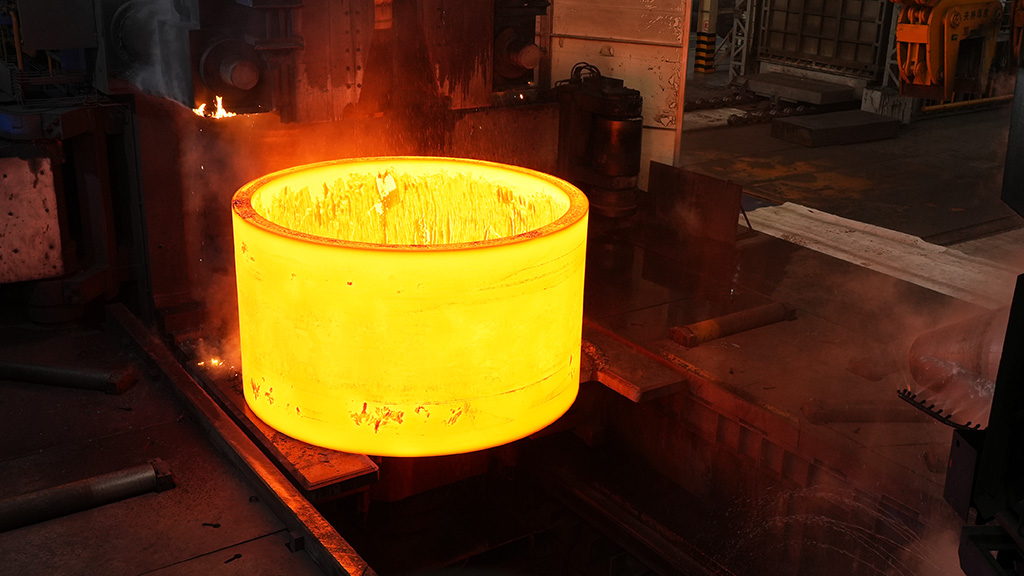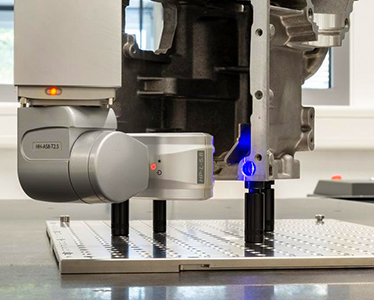Maple forging process classification AND Enabling Net Shape Gear Forging
2023-08-19
Maple forging process classification and realization of net shape gear forging
The materials to be formed are given the first classification in the forging process of iron and non-iron materials, and in the last group mainly includes Al, Cu and Ti alloys.
From the forming temperature point of view, the forging process can be divided into:
Hot forging. When the material is formed above the recrystallization temperature and very close to the fusion temperature of the material. The temperature of the steel is about 1100℃ -1250 ℃.
cold forging. When the material is formed at ambient temperature (20 ° C). In the case of steel, this is limited to rotating parts.
Warm forging. When the temperature at which the material is formed is lower than the recrystallization temperature, it is usually slightly more than half of the fusion temperature. For steel the temperature is about 650℃ -900 ℃.
From the forging die type, the forging process can be divided into:
Open die forging or free forging, when the shape is carried out by a pair of flat dies or platens. This also includes rotary forging of large rings. It is always carried out at high temperatures and the forgings are produced one after the other or in very short series. It is used in quantities ranging from a few kilograms to several tons.
Closed die forging, when each mold has carved out a semi-mirror shape of the part to be formed, both molds are closed, giving the final part. The shape in the die can include areas where excess material is allowed to flow (flash forging) or not (no flash forging or closed die forging). This is suitable for forging parts from a few grams to hundreds of kilograms.
Achieve net gear forging
Heavy-duty manual transmissions require large-sized spur and helical gears made of carburized steel. Most forged gears use a two-step manufacturing process, namely hot forging and machining. The tall cylindrical billet is first hot-forged into a flat pancake shape and then machined to form the center hole and teeth. 45% of starting materials are wasted in machining operations, with the largest amount of waste due to tooth machining. The near-net shape forged steel gear with a light weight core can reduce machining by 80%, thereby saving 2 to 4 kg of waste per average-sized gear. The raw material cost of steel gears with a lightweight core may be significantly lower than that of gears produced from solid billets, as the volume cost of the lightweight core can be lower than the cost of the steel being replaced. Reducing waste also has the potential to reduce the carbon footprint of gear manufacturing operations..
























































